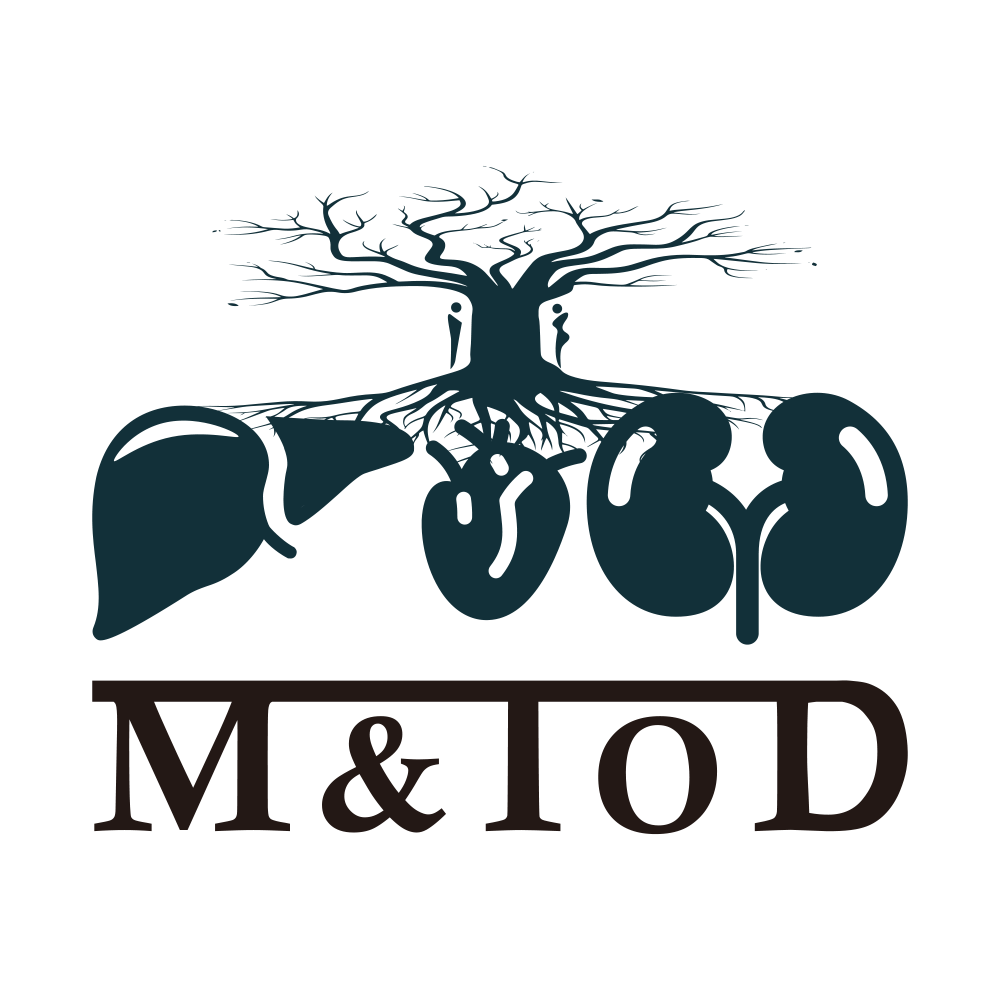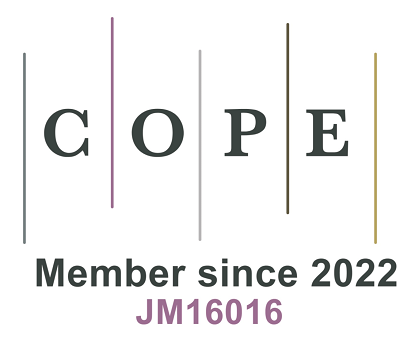Impact of sociodemographic factors and baseline health insurance coverage on 1-year outcomes following bariatric surgery
Abstract
Background: Although the weight-loss efficacy of the latest anti-obesity medications is widely recognized and evidence-supported, bariatric surgery remains the most effective treatment for obesity and type 2 diabetes mellitus (T2DM). While laparoscopic sleeve gastrectomy (LSG) and Roux-en-Y gastric bypass (RYGB) – the most extensively adopted procedures – demonstrate proven weight-reduction effects, suboptimal outcomes still occur in some patients. This highlights the critical importance of effectively evaluating postoperative weight achievement. Our study therefore investigates the influence of social factors and minimum medical insurance coverage on surgical weight-loss outcomes.
Methords: A retrospective cohort study was conducted on 260 patients with obesity who underwent bariatric surgery between 2021 and 2023. Continuous variables with normal distribution were expressed as mean ± standard deviation (SD) and analyzed using Student's t-test, whereas non-normally distributed variables were presented as median with interquartile range (IQR) [M (Q1, Q3)] and compared with the Mann-Whitney U test. Categorical variables were presented as frequency (n) and percentage (%), with intergroup comparisons conducted through χ² tests. Linear regression and logistic regression models were employed to identify independent influencing factors, P value <0.05 considered statistically significant.
Results: The study included 260 patients (102 males, 158 females), with 196 (75.4%) receiving LSG and 64 (24.6%) RYGB. Patients achieving target weight loss were younger (31.8 ± 9.13 vs. 35.0 ± 10.4 years, P < 0.05), had higher baseline BMI (39.6 ± 7.86 vs. 36.0 ± 6.46 kg/m², P < 0.05), and higher smoking rates (23.8% vs. 12.0%, P < 0.05), but lower family support (83.2% vs. 97.3%, P < 0.05) and reduced hypertension/T2DM incidence (P < 0.05). Multivariate analysis identified five independent predictors: family support (OR = 0.11, 95%CI: 0.02-0.42; β:-3.52, 95%CI:1.45, -2.43), smoking (OR = 3.27, 95%CI:1.36-8.73,β: 3.06, 95%CI: 1.20, 2.55), RYGB procedure (vs. LSG, OR = 0.18, 95%CI: 0.07-0.43,β: -4.41, 95%CI: 1.35, -3.26), baseline BMI (OR = 1.15 per unit, 95%CI: 1.08-1.22,β: 0.45, 95%CI: 0.07, 6.31), and HbA1c (OR = 0.77 per %, 95%CI: 0.62-0.96). Insurance coverage and education level showed no significant associations (P > 0.05).
Conclusion: One-year postoperative weight loss outcomes were significantly associated with preoperative factors including lack of family support, LSG procedure (vs. RYGB), smoking status, and higher baseline BMI (all P < 0.05), but showed no significant correlation with educational attainment or insurance coverage (P > 0.05).
Keywords
Sociodemographic factors, health insurance, bariatric surgery, BMI, TWL%
Cite This Article
Zhou X, Liu Y, Han X, Yang W, Wang C, Dong Z, Dong S. Impact of sociodemographic factors and baseline health insurance coverage on 1-year outcomes following bariatric surgery. Metab Target Organ Damage 2025;5:[Accept]. http://dx.doi.org/10.20517/mtod.2025.19
Copyright
 Cite This Article 0 clicks
Cite This Article 0 clicks












